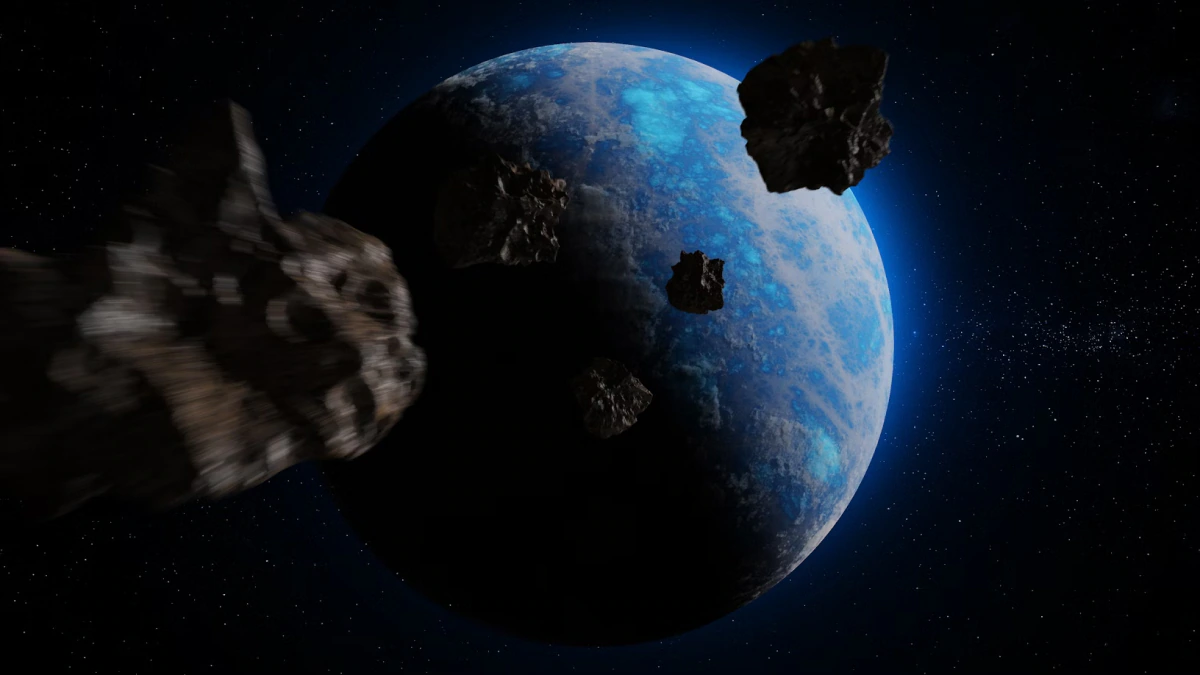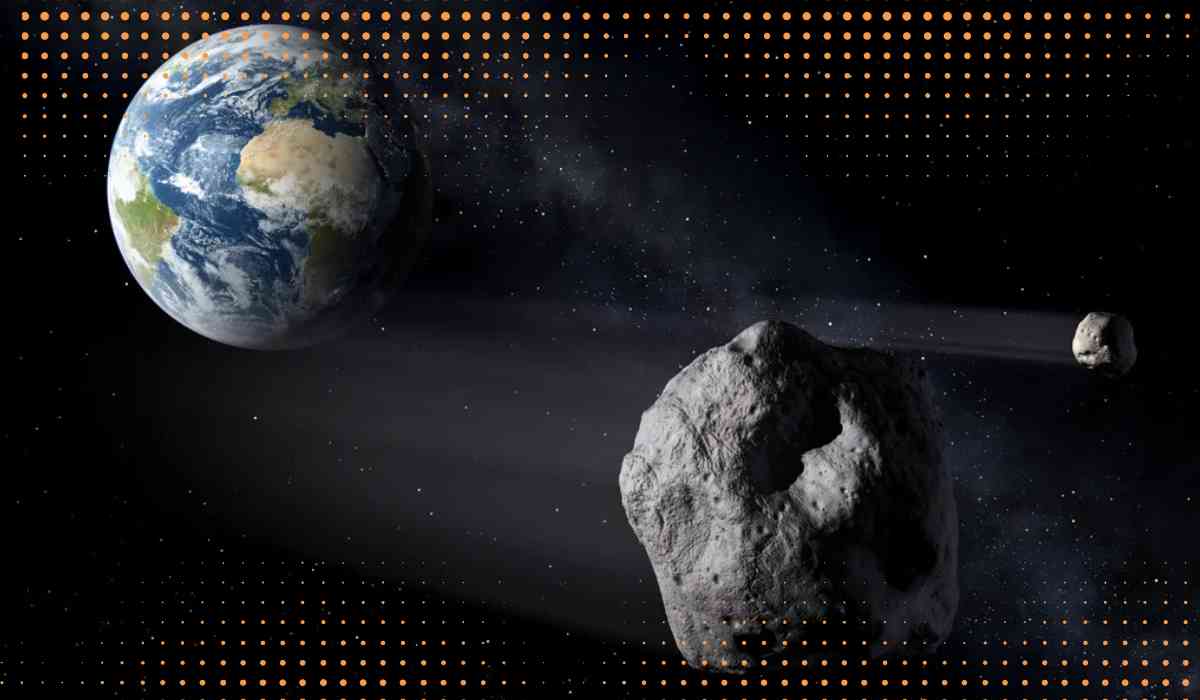The European Space Agency (ESA) is ramping up efforts for an important mission to study the asteroid Apophis, which is expected to make a close approach to Earth on April 13, 2029. Named the Rapid Apophis Mission for Space Safety (RAMSES), the mission is slated for launch by early 2028, aiming to collect crucial data on this potentially hazardous object.

Understanding Apophis
Apophis, a peanut-shaped asteroid with an estimated diameter of 1,230 feet (375 meters), was first discovered in 2004. Due to its significant size and close proximity during Earth flybys, it has been classified as a potentially hazardous asteroid. Apophis is named after the Egyptian serpent god of chaos and is expected to pass within 20,000 miles (32,000 kilometers) of Earthcloser than some of our orbiting satellites. While NASA has confirmed that it will safely bypass Earth, the asteroid’s proximity still raises concerns for satellites in far-reaching orbits.
Minimal Risk of Collision
Although the risk of Apophis colliding with Earth is extremely low, it is not entirely zero. Paul Wiegert, an astronomer from Western University in Canada, analyzed the situation and concluded that the chances of a collision during the 2029 approach are remote, but theoretically possible. "For Apophis to directly threaten Earth, it would have to be struck by another space object at just the right angle," Wiegert said. His research, published in The Planetary Science Journal, estimates the odds of such an event at around one-in-2-billion.
Observations and Global Cooperation
Even though an impact during the 2029 flyby has been ruled out, scientists will not have a complete understanding of Apophis’s trajectory until 2027, when it becomes visible again. Observations during this time will help astronomers fine-tune their predictions and assess any potential deviations in its path. Wiegert’s simulations suggest that even a small collision with another object could alter the asteroid’s course, though the likelihood is minimal.
NASA’s OSIRIS-REx spacecraft, renamed OSIRIS-APophis EXplorer (OSIRIS-APEX), is set to reach Apophis about a month after its 2029 flyby. The mission will map the asteroid’s surface and analyze its chemical composition over 18 months.
International Collaboration in Planetary Defense
In addition to ESA’s RAMSES mission, global efforts like NASA’s Double Asteroid Redirection Test (DART) and ESA’s Hera mission underline the importance of planetary defense. NASA’s DART mission, which successfully deflected the asteroid Dimorphos in 2022, demonstrated the feasibility of redirecting dangerous asteroids, offering a possible solution for future threats like Apophis.
Although the chance of Apophis impacting Earth is minimal, continuous observations and research are crucial for enhancing planetary defense strategies. As international space agencies prepare for Apophis’s 2027 return to visibility, the focus remains on ensuring Earth’s safety from potential asteroid encounters.
With inputs from agencies
Image Source: Multiple agencies
© Copyright 2024. All Rights Reserved Powered by Vygr Media.
























